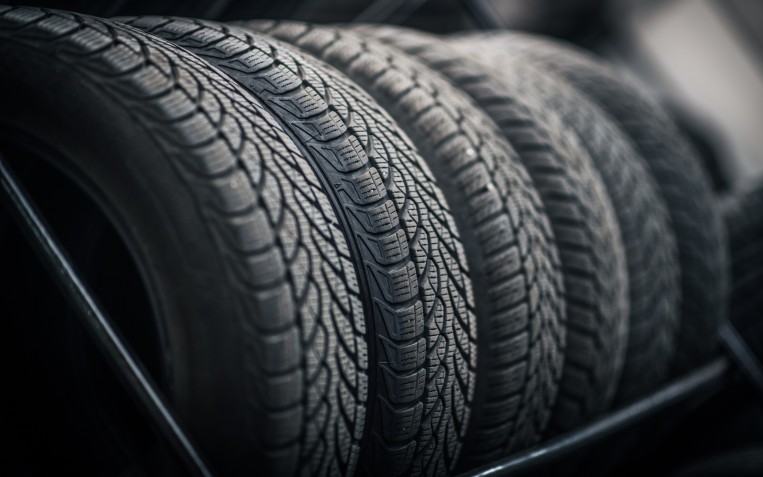Tyre Safety Month 2023

Tyre Safety Month has been running since 2010 and has been an annual campaign that is run for a month, designed to raise awareness of tyre safety. This guide explains all you need to know about tyre safety month and our top tips for keeping your tyres safe.
When is Tyre Safety Month?
Tyre Safety Month, set up by UK charity TyreSafe runs for the duration of October and focuses on raising awareness about unsafe tyres in order to increase road safety.
Tyre safety tips
A study by Tyre Safe states that 153 people are killed or seriously injured every year due to accidents relating to unsafe tyres. Checking the condition of your tyres monthly, or prior to any long car journey will help you to ensure your tyres are safe to drive on. Some of the best ways you can keep your tyres safe include:
- Check your tyre tread depth: Your tyre tread is the part of your car that is in constant contact with the road, and the tread pattern is the part of your tyre that grips the road. Overtime, your tyre tread will wear down, losing its effectiveness and potentially becoming dangerous. One of the most convenient ways of checking your tyre tread depth is by carrying out the 20p test, which indicates whether your tyres are within the legal limit (1.6mm).
- Check your tyre pressure regularly: Check your tyre pressure every month to make sure that your tyres have the correct PSI. But remember, driving can affect how warm your tyres are, and their PSI, so it’s best to check your tyre pressure before you start driving. You can find the ideal PSI in your vehicle’s manual.
- Visually inspect your tyres for damage: You should regularly check your tyres for any obvious signs of damage such as cuts, bulges, cracks and punctures. If you notice any visual anomalies, you should contact your nearest PTA Branch for a free tyre check.
- Rotate your tyres: Your tyres should be rotated to maximise the longevity of your tyres and can help to keep your tyres in a safe condition for longer.
- Drive safely: Excessive braking and acceleration can put pressure on your tyres, maintaining good driving habits not only maintains the longevity of your vehicle, but will also keep you and your passengers safe.
How tyre wear affects your tyre safety
While the legal limit for your tyre tread might be 1.6mm, TyreSafe recommends changing your tyres when they wear down to 3mm as the wet grip of a tyre is significantly compromised below this level.
For example, when driving on a wet road at 30mph, it will take just 25.9m to come to a stop if you have new tyres with 8mm tread. At 3mm, it would take 35m to come to a stop, travelling in the same conditions at the legal limit, your stopping distance increases to 43m, which could seriously impact your safety when braking in an emergency.
Quality tyres with PTA
Looking for quality tyres to keep you safe on the road? Look no further, with PTA, you can easily buy your next set of tyres online. Not sure if your tyres need replacing yet? Contact your nearest PTA Garage Services branch to take advantage of our free tyre check and pressure checks today.
Related Content

Do electric vehicles need EV-specific tyres?
Electric cars and regular vehicles have many noticeable differences. For instance, EVs tend to be heavier than petrol and diesel models. Therefore, they require tyres that can accommodate the extra load. While there is no legal requirement enforcing...

What are airless tyres?
Airless tyres are specifically designed with extra sidewall strengthening to enable them to drive for around 50 miles at a maximum speed of 50mph, eve...

Guide to Run Flat Tyres
Our expert guide to running flat tyres - what are they and why you should have them. Perhaps you have been in this situation - you are suddenly stran...

